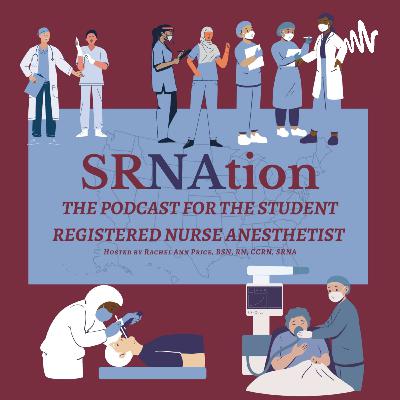Discover SRNA Nation
SRNA Nation

4 Episodes
Reverse
Pre- Eval https://forms.gle/9Cj1jFm9rfxK9tSt6
Post-Eval Student Version: https://forms.gle/sBPibo8UL9sp3DM9A
Post-Eval Non-Student: https://forms.gle/Jph2TxH4G3LavFB58
Resources: https://docs.google.com/document/d/1DhU2l8arjAHiMvErJ014mb4gztTRANun04wI6DJwRKw/edit?usp=sharing
Rachel Price is creating an educational podcast about the obstetric emergency amniotic fluid embolism (AFE). AFE is a clinical diagnosis of exclusion with a reported incidence of 1 in 40,000 births and a mortality rate ranging from 20 to 60 percent. It is the second leading cause of maternal death on the day of delivery in the US. Diagnosis and management of AFE is challenging due to its rapidly evolving nature and limited research opportunities. Early recognition and management are crucial for a positive outcome. Key diagnostic factors include maternal cardiovascular collapse, respiratory compromise, and fulminant disseminated intravascular coagulation (DIC). The cause of AFE is the maternal immune response to embolized fetal tissue. The renaming of AFE to anaphylactoid syndrome of pregnancy has been recommended by the American College of Obstetrics and Gynecology.
Part Two of the Physiology Core Concepts series addresses the actions at the neuromuscular junction and the implications on anesthesia practice Physiology Core Concepts: Neuromuscular Junction | Anesthesia physiology | student registered nurse anesthetist | neuromuscular junction
https://srnanation.wordpress.com/2022/09/09/physiology-core-concepts-part-two-neuromuscular-junction/
Physiology Core Concepts: Part One: Resting Membrane Potential: What is it? What does it do? Why does it matter?
https://srnanation.wordpress.com/2022/09/09/physiology-core-concepts-part-one/
Hey! listen to my awkward introduction! Maybe it'll get better one day!






